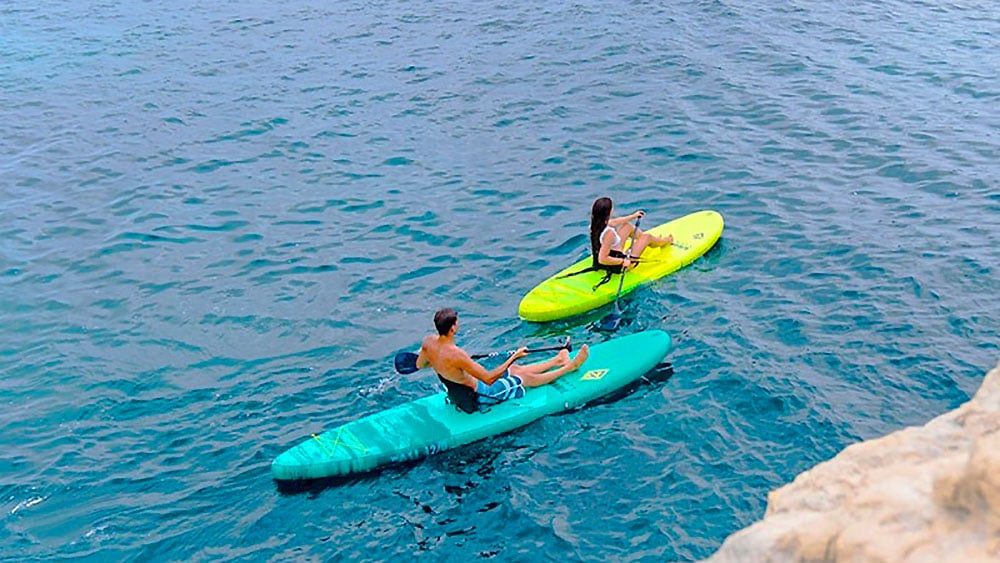Did you know that over 80% of inflatable kayaking accidents involve a punctured board? Yes, many kinds of damage to inflatable SUP boats can be fixed, usually by the first owner, but most often by a competent inflatable boat repair shop. Many inflatable kayaks still come with a patch kit, but most on an average-quality inflatable, it's seldom needed. If you own an inflatable kayak, no matter how inexpensive or how high quality it may be, take extra care of it, as these can be expensive and life-saving pieces of equipment.

A common puncture in inflatable paddle boards happens where the "A" frame or tie-down system has been damaged, either by neglect or abuse. This is because the tie down straps are at the highest risk when the board is tied down, as it's a highly mobile piece of material (as opposed to a rigid inflatable boat deck). If the straps are completely broken, the board can easily snap backward, which could cause instability, or even capsizing. To prevent this from happening, be sure to inspect your tires every time you put the board on, especially on longer excursions. You can then identify weak areas, so they don't become a potential hazard.
However, the "A" frames are at risk for breakage when "A" brackets have been compromised. These are often made out of fiberglass, and although they're incredibly strong, they tend to get scratched up and banged up, especially if exposed to saltwater. Although fiberglass "" frames are very tough, there are actually a few different grades available, depending on the size and severity of the scratch. And although some people prefer soft plastic "A" frames (which give the same stability as hard boards, without adding the weight of extra material), the extra weight of the soft plastic can actually damage the boat's stability.
So, to keep everything balanced, you need to make sure your board is always strong and in line. However, one of the biggest problems with inflatable paddle boards is their instability. Because they're made to float, they don't have any structure behind them to actually hold them down. This means that while you're paddling, everything is constantly shifting, which results in not only instability, but also adds a degree of danger to the whole experience. To improve stability, you need two different sizes of inflatable paddle boards: one to use when you're on the water, and one to take on land.
One great way to reduce instability on inflatable paddle boards is to add some sort of ballast. This works similar to the way ballast is used on your bike. It's simply a piece of sand or stone that you add to the rear of a canoe to increase the stability. There are many different designs available, and you can even buy inflatable sup boards with built-in balls to save even more money.
To improve your balance on inflatable paddle boards, there are a few more things to keep in mind. The first is that you want to have your feet flat on the floor of the water. This means that you should probably add a foot or two to the board – put it in your garage or under your desk if you have a dedicated work area and don't want to have to deal with wet feet all day long. Finally, to keep from slipping around and getting injured, you may want to consider purchasing a few small safety straps at the bottom of your board to help stabilize it.

